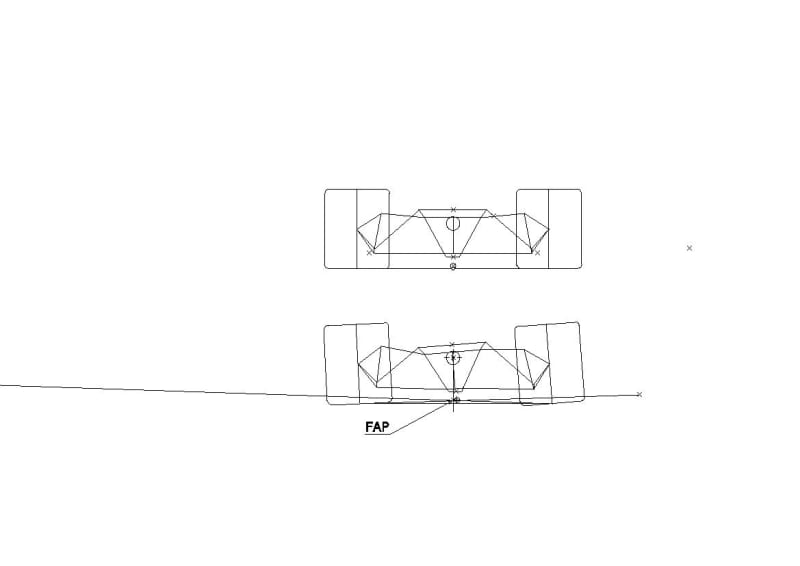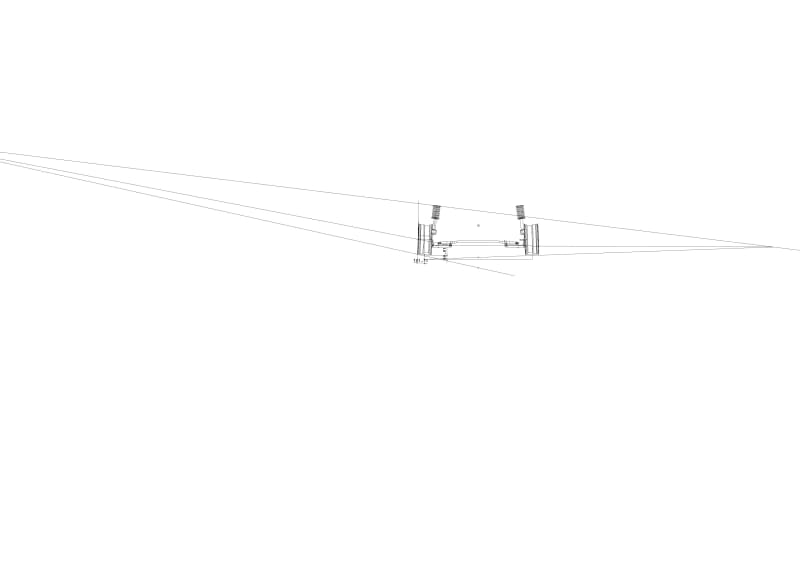Bluefoxy said:
If I well understand, according to you, a suspension which has an FBRC-CG constant is a suspension that is working well?
But there are a thousand other factors that are a higher priority.
Examples of suspension designs that have FBRC-CG dimension more-or-less constant in roll include: Rigid beam axle and leaf springs (both FBRC and kinematic RC at leaf spring height), pure trailing arms (both FBRC and kinematic RC at ground), swing axles (both FBRC and kinematic RC at swing axle pivot point height - which is fixed to the chassis i.e. the CG!), Ford Twin-I-Beam (instant centers at chassis-end I-Beam pivot points), double trailing arms traditional VW Beetle front suspension (FBRC and kinematic RC at ground).
Only car I know of with swing-axle-geometry
front suspension:
Hark the Herald axles swing!
So here you have a collection of bad suspension designs that have FBRC-CG at least more-or-less constant in roll, if not necessarily in two-wheel bump or rebound.
And yet, MacPherson which is no better or worse than these in terms of that specific measure, works OK.
And if you wish to limit the discussion to upper-and-lower-wishbone designs ... A Formula 1 car has upper-and-lower-wishbone suspension layout. So does a 1955 Chevy. The F1 car is not particularly designed to keep the FBRC at constant height ... well, let me correct that. It does keep the FBRC at constant height (near ground level with almost-nil camber gain with suspension movement), by using brutally stiff springing and damping so that the suspension hardly moves, in which case, it doesn't matter!
Look at it this way. A FBRC that is slightly above ground level and doesn't move much in bump travel isn't something that you primarily design for, it is something that "falls out" when you impose all of the other things that you want the suspension to do in order to work the way you want it to work - and if it happens to move more than you'd like it to but your other constraints are satisfied, it doesn't matter.


